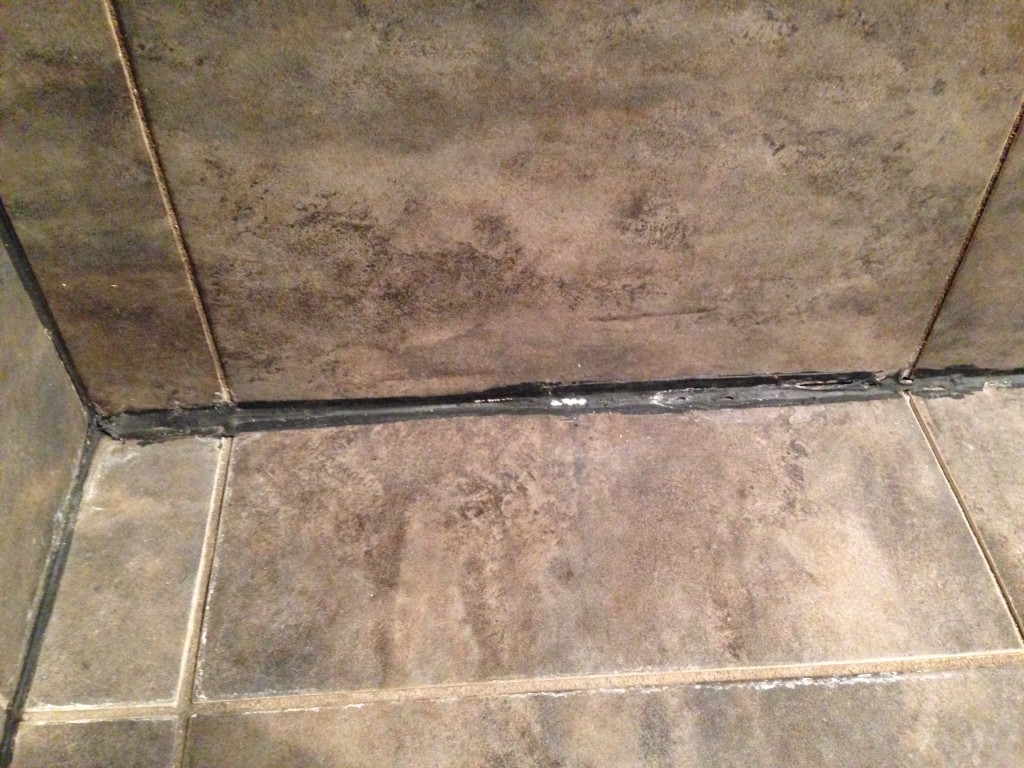Legislation Relating To Termite Treatments
There are several legislative requirements to adhere to, in relation to termite controls and the installation of any termiticides/chemicals during Timber Pest Treatments.
The three principal documents of reference are the Pest Management Act, the Australian Standards within the 3600 series and the National Construction Code and all relevant amendments for Queensland residential construction.
The Australian Standards that apply are as follows:
- AS:3660.1 – 2000 Termite Management – New Building Work
- AS:3660.2 – 2000 Termite Management – In and around Existing Buildings and Structures – Guidelines
- AS:3660.3 – 2000 Termite Management – Assessment Criteria for Termite Management Systems
There are also many other legal considerations and stipulations that affect the Timber Pest Management industry when carrying out any form of termite control involving chemical application and some of these include: Workplace and Health and Safety Act, Queensland Building Construction Commission Act and various other The Australian Standards.
Other factors also affect the way a Timber Pest Management contractor/company carries out the duties and these can include adherence to the manufacturer’s labels of each chemicals and regular audits from the Queensland Health in relation to storage of chemicals etc. Queensland Health is responsible for the management of Timber Pest Activities and in particular the management of the licenses for individuals/contractors and companies, the monitoring of how termite treatments are carried out and also the storage of the chemical termiticides. Penalties and demerit points are able to be issued to individuals or companies should they not comply with the legal requirements under the Pest Management Act/Regulations.
There was an amendment made to the national construction code around May 2006 which stated that any termite control measure installed for new building approvals on residential properties must have a design life of at least 50 years, or be able to be easily replenished to obtain continuity of the system for that period. This means that any home built pursuant to a building approval issued from 1.5.2006, where a concealed and inaccessible termite management system is used (e.g. stainless steel mesh, impregnated fabric, collars around pipe penetrations, granular materials such as granite/glass etc), must comply with this stipulation and confirm that this is been done by way of certification issued (Form 16) to the Building Certifier. This certificate is referred to as a ‘Certificate of Classification’ under the terms of the Australian Standard for new building work AS: 3660.1.
Alternative methods of termite control, other than the application of chemical termiticides, are permissible under the stipulations of the Australian Standard and the National Construction Code and this includes the use of termite resistant materials in the construction e.g. steel, cypress pine, and the installation of certain types of construction techniques. An example of a construction technique which is commonly used in residential construction is that of the exposed slab edge face, with a minimum of 75 mm inspection zone..
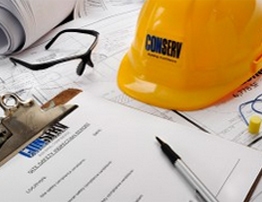



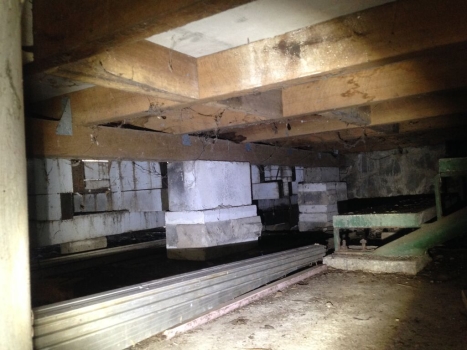


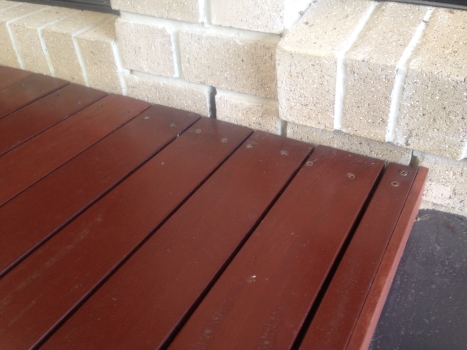
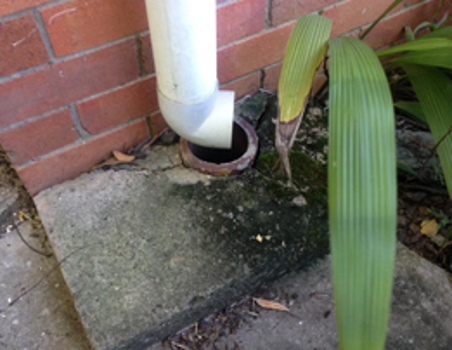 All too often during our inspections we identify areas which are conducive to the collection of retained ground moisture near a structure. Elevated moisture levels are known to provide conditions favourable to Timber Pest activity, particularly termites, and it is vital that every effort be made to avoid these risks. The most common causes of retained ground moisture are inadequate surface water drainage, downpipes not connected to drainage outlets, no gutters in place for roofing areas, outlet pipes for air conditioners, relief and overflow valves for hot water cylinders, corroding and join leakages of gutters and downpipes, defective or incomplete flashing and plumbing for rainwater tanks leaking. These are all issues which can be, and should be rectified, if they are in existence at a property.
All too often during our inspections we identify areas which are conducive to the collection of retained ground moisture near a structure. Elevated moisture levels are known to provide conditions favourable to Timber Pest activity, particularly termites, and it is vital that every effort be made to avoid these risks. The most common causes of retained ground moisture are inadequate surface water drainage, downpipes not connected to drainage outlets, no gutters in place for roofing areas, outlet pipes for air conditioners, relief and overflow valves for hot water cylinders, corroding and join leakages of gutters and downpipes, defective or incomplete flashing and plumbing for rainwater tanks leaking. These are all issues which can be, and should be rectified, if they are in existence at a property.




